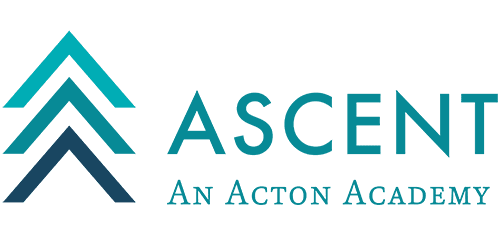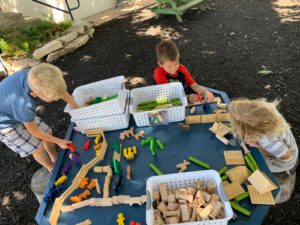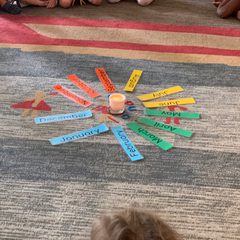Year 4. Session 4. Week 6 Spark Update
In Spark this week, it was noted that some tables and chairs were “wiggly” and with the presentation of how to use different screwdrivers, the learners took ownership of this task in the studio. They demonstrated great care of their space by making sure the tables and chairs in the studio are being well taken care of.



During Morning Circle time, the guides have started reading chapter books aloud. The learners voted on which book to read and decided that both studios should read from the Magic Treehouse Series. There has been great excitement over what is going to happen next in the story and there is always a request for one more chapter!
Two focuses this session in Spark that have naturally come up between the studios are inclusiveness and kindness. There have been rich discussions with role play scenarios, and an intentional practice of these traits. The learners have been exploring different ways to be kind throughout each day, including during conflict resolutions.


This week the learners invited their parents to their studio for a Spark Play Journal Exhibition! Guests were shown beautiful examples of the Spark Play daily reflections in the learners’ Play Journals and were invited to observe the end-of-day Closing Circle.


On Wednesday, the Sparks were asked to join Discovery for an Exhibition Rehearsal! With the Sparks as inquisitive guests, the Discovery learners were able to practice their Exhibition presentations and share their hard work with their friends!


For the last day of the session, the upstairs studio and downstairs studio had a big lunch all together, followed by a bubble scavenger hunt and our weekly Friday Dance Party!
We are excited for Session 5 where we will be exploring Zoology!







































 .
. 


